High in the rugged peaks of the Peruvian Andes, the descendants of the Inca Empire continue to thrive against all odds. Their way of life, deeply rooted in ancient traditions, offers a masterclass in resilience and adaptation. For centuries, these communities have harnessed the harsh environment of the highlands, turning challenges into opportunities through ingenuity and collective wisdom. Their survival is not just a matter of endurance but a testament to a profound understanding of nature, community, and sustainability.
The Andean highlands are unforgiving—thin air, freezing temperatures, and unpredictable weather patterns make agriculture seem nearly impossible. Yet, the Quechua and other indigenous groups have cultivated these lands for generations. They rely on terrace farming, a technique perfected by their Inca ancestors, which prevents soil erosion and maximizes arable land. Crops like quinoa, potatoes, and maize are grown at varying altitudes, a practice known as vertical agriculture. This method not only ensures food security but also preserves biodiversity by adapting to microclimates.
Water scarcity is another challenge in the Andes, where rainfall is sporadic. Here, the ancient system of qochas (small reservoirs) and amunas (pre-Incan irrigation channels) demonstrates their hydrological expertise. These systems capture and store rainwater, redistributing it during dry seasons. Modern engineers now study these methods as sustainable solutions for water management in arid regions. The Inca descendants’ knowledge of hydrology is so precise that some of their canals, built centuries ago, still function today.
Community is the cornerstone of Andean survival. The concept of ayni, or reciprocal labor, binds these societies together. Whether building homes, planting crops, or herding llamas and alpacas, no one works alone. This collective effort ensures that even the most labor-intensive tasks are manageable. Festivals and rituals further strengthen these bonds, honoring Pachamama (Mother Earth) and the Apus (mountain spirits) in gratitude for their bounty. These traditions are not mere customs—they are vital to maintaining social cohesion and ecological balance.
Perhaps one of the most remarkable aspects of Andean life is their textile artistry. Woven fabrics tell stories, encode history, and even serve as maps of the land. Natural dyes from plants and minerals produce vibrant colors, while intricate patterns reflect cosmological beliefs. Each piece is a labor of love, often taking months to complete. Today, these textiles are prized globally, providing economic opportunities while preserving cultural identity. Women, the primary weavers, pass down these skills through generations, ensuring the craft’s survival.
Despite modernization, many Andean communities resist abandoning their ancestral ways. They embrace technology selectively—using solar panels for electricity while still plowing fields with foot plows (chaquitaclla). This balance between old and new highlights their pragmatic adaptability. However, climate change and globalization pose unprecedented threats. Melting glaciers and erratic weather disrupt ancient agricultural cycles, while younger generations migrate to cities, lured by modern conveniences. Yet, those who remain steadfast in the highlands continue to innovate, blending tradition with necessity.
Their diet, too, reflects their deep connection to the land. Staples like chuño (freeze-dried potatoes) and canihua (a protein-rich grain) are nutrient-dense foods designed for longevity. These preservation techniques, developed long before refrigeration, showcase their foresight in food security. Recent studies even suggest that their traditional crops could hold answers to combating malnutrition worldwide. The Andean diet is not just about sustenance—it’s a legacy of nutritional wisdom.
Tourism has become a double-edged sword for these communities. While it brings income, it also risks commodifying their culture. Some villages now offer community-based tourism, where visitors participate in daily life—planting crops, herding animals, or weaving textiles. This model empowers locals to share their heritage on their own terms, fostering mutual respect. Travelers leave not just with photos but with a deeper appreciation of Andean resilience.
The spiritual world is ever-present in the Andes. Shamans (paqos) still perform rituals to harmonize human and natural energies. Coca leaves, considered sacred, are used in offerings and divinations. These practices, often misunderstood by outsiders, are integral to their worldview—one where humans are not conquerors of nature but its stewards. Scientists increasingly recognize the value of this perspective in addressing ecological crises.
In a rapidly changing world, the Andean people’s survival strategies offer profound lessons. Their ability to thrive in extreme conditions speaks to the power of tradition, community, and innovation. As the planet faces climate challenges, their holistic approach to sustainability—where ecology, economy, and culture intertwine—may light the path forward. The Inca descendants are more than survivors; they are keepers of wisdom that the modern world desperately needs.
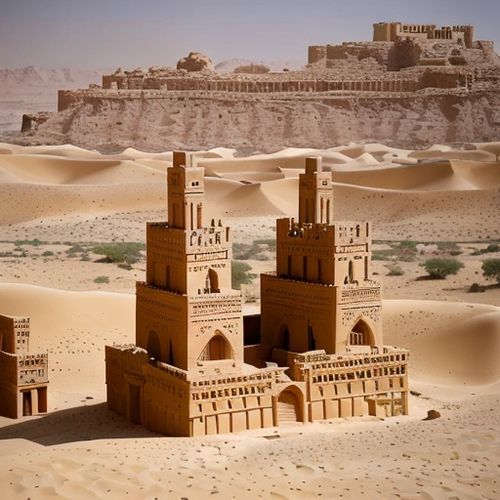
By /May 11, 2025
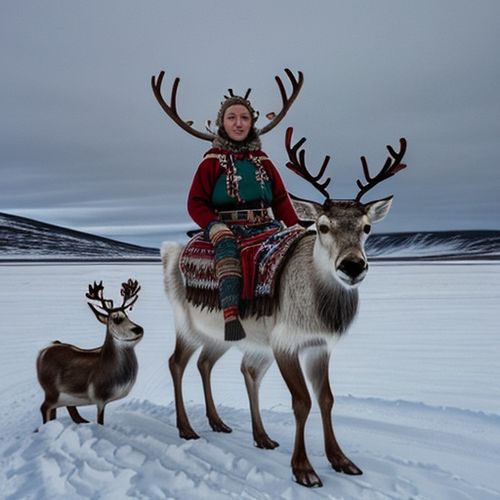
By /May 11, 2025
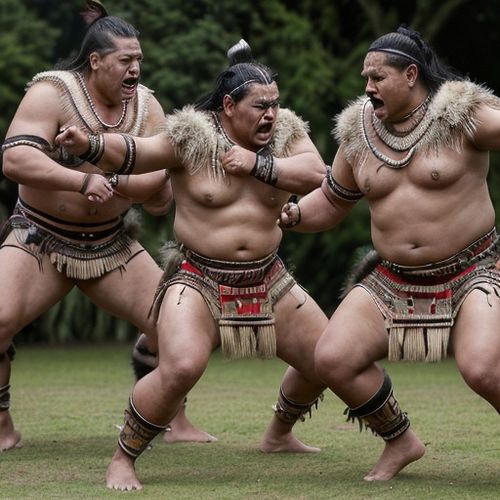
By /May 11, 2025

By /May 11, 2025
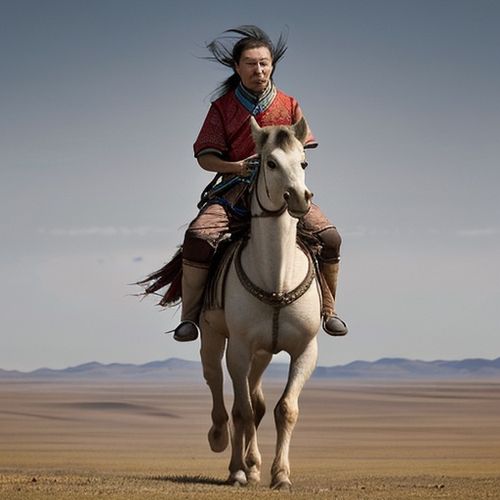
By /May 11, 2025
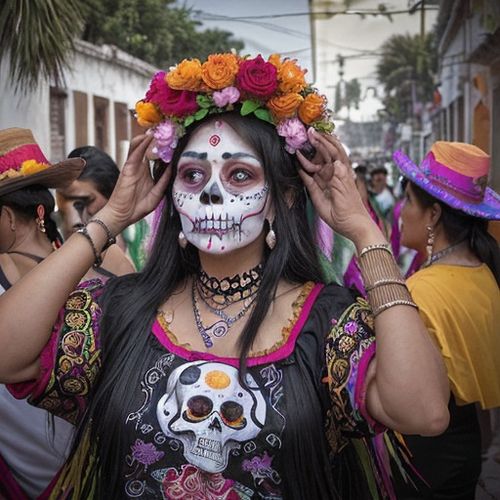
By /May 11, 2025

By /May 11, 2025
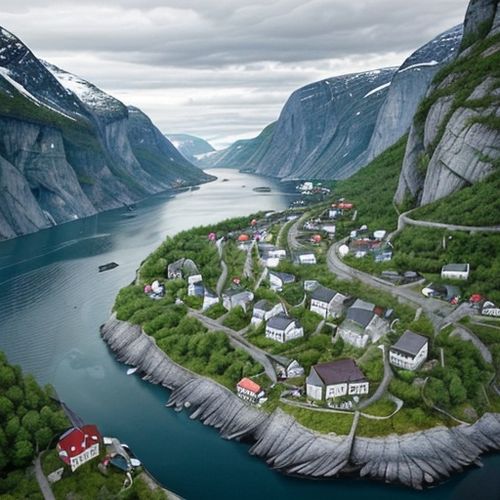
By /May 11, 2025
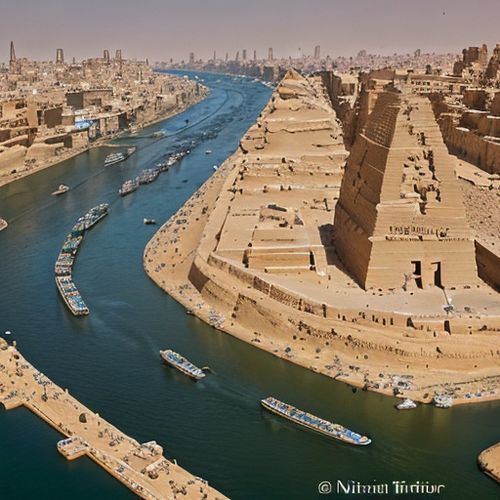
By /May 11, 2025

By /May 11, 2025

By /May 11, 2025

By /May 11, 2025

By /May 11, 2025
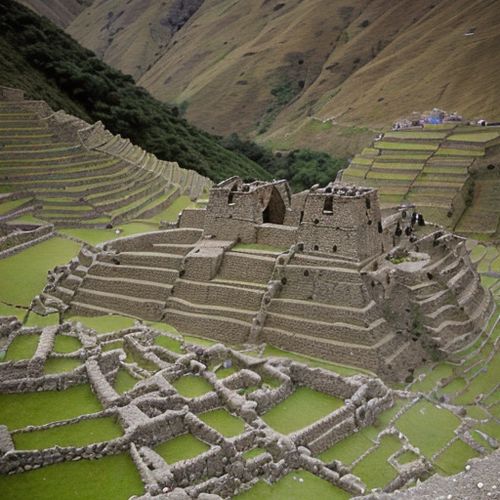
By /May 11, 2025
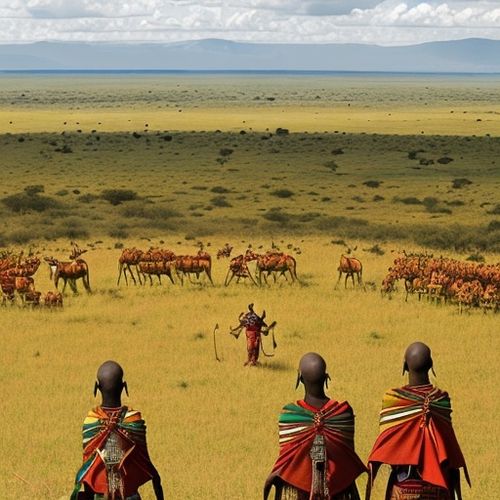
By /May 11, 2025
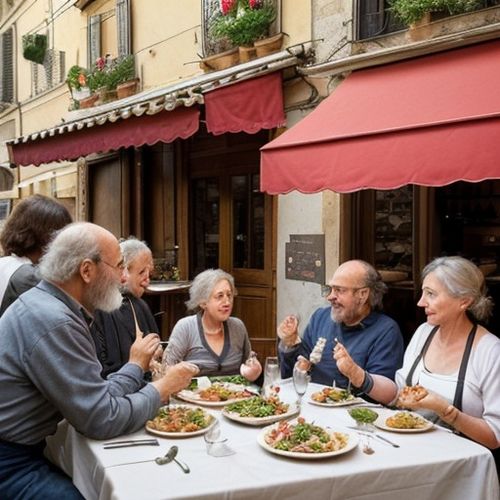
By /May 11, 2025
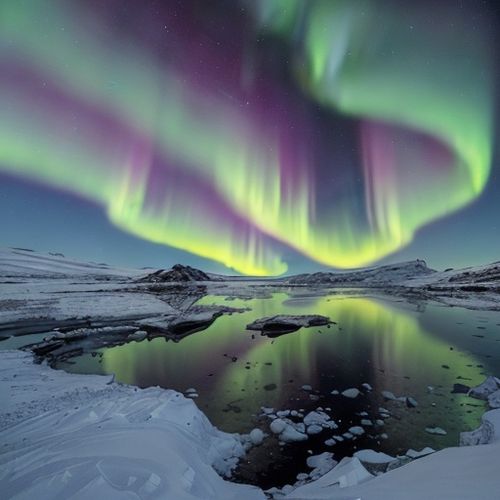
By /May 11, 2025

By /May 11, 2025
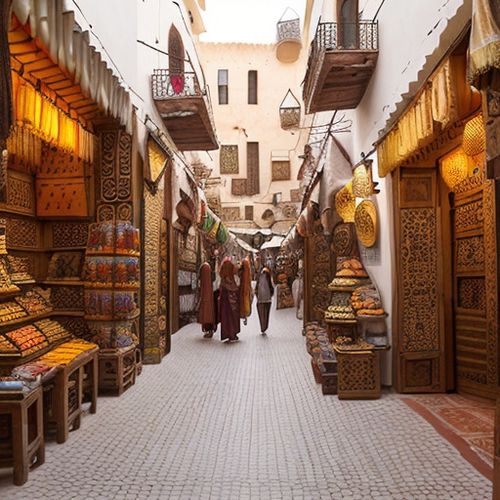
By /May 11, 2025

By /May 11, 2025